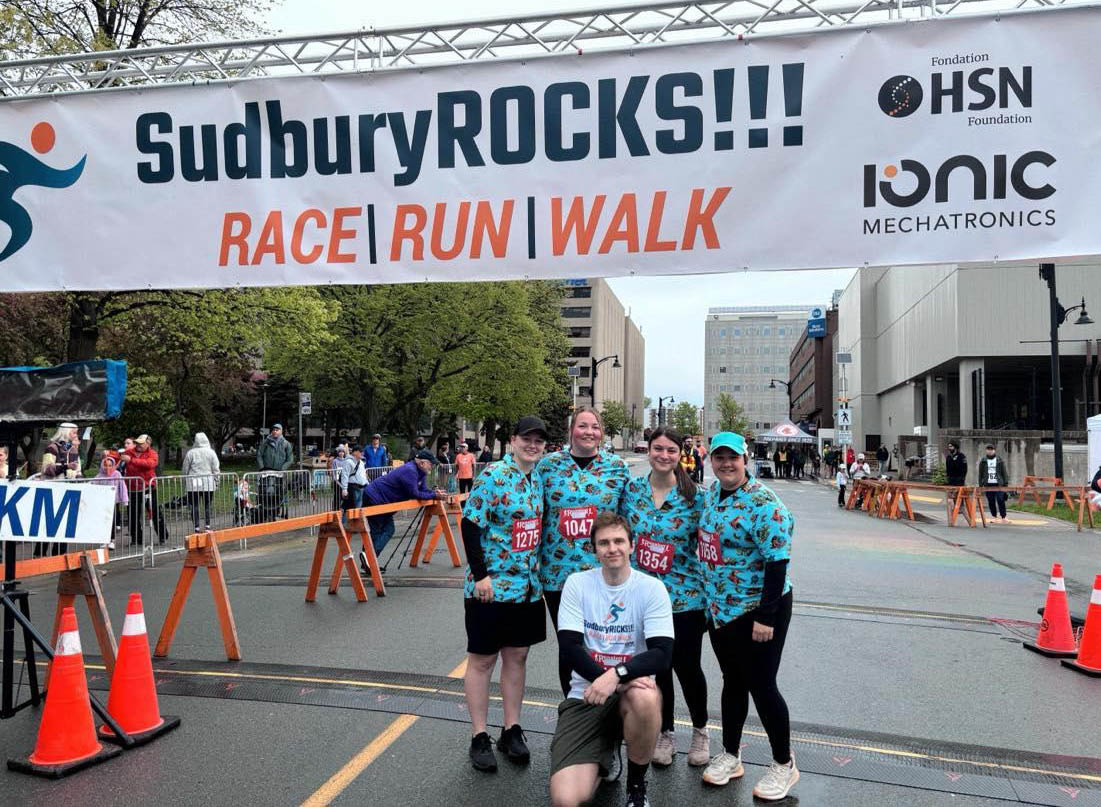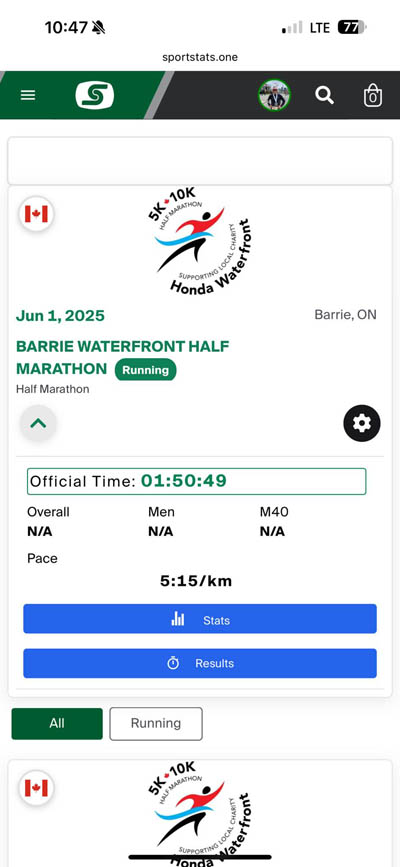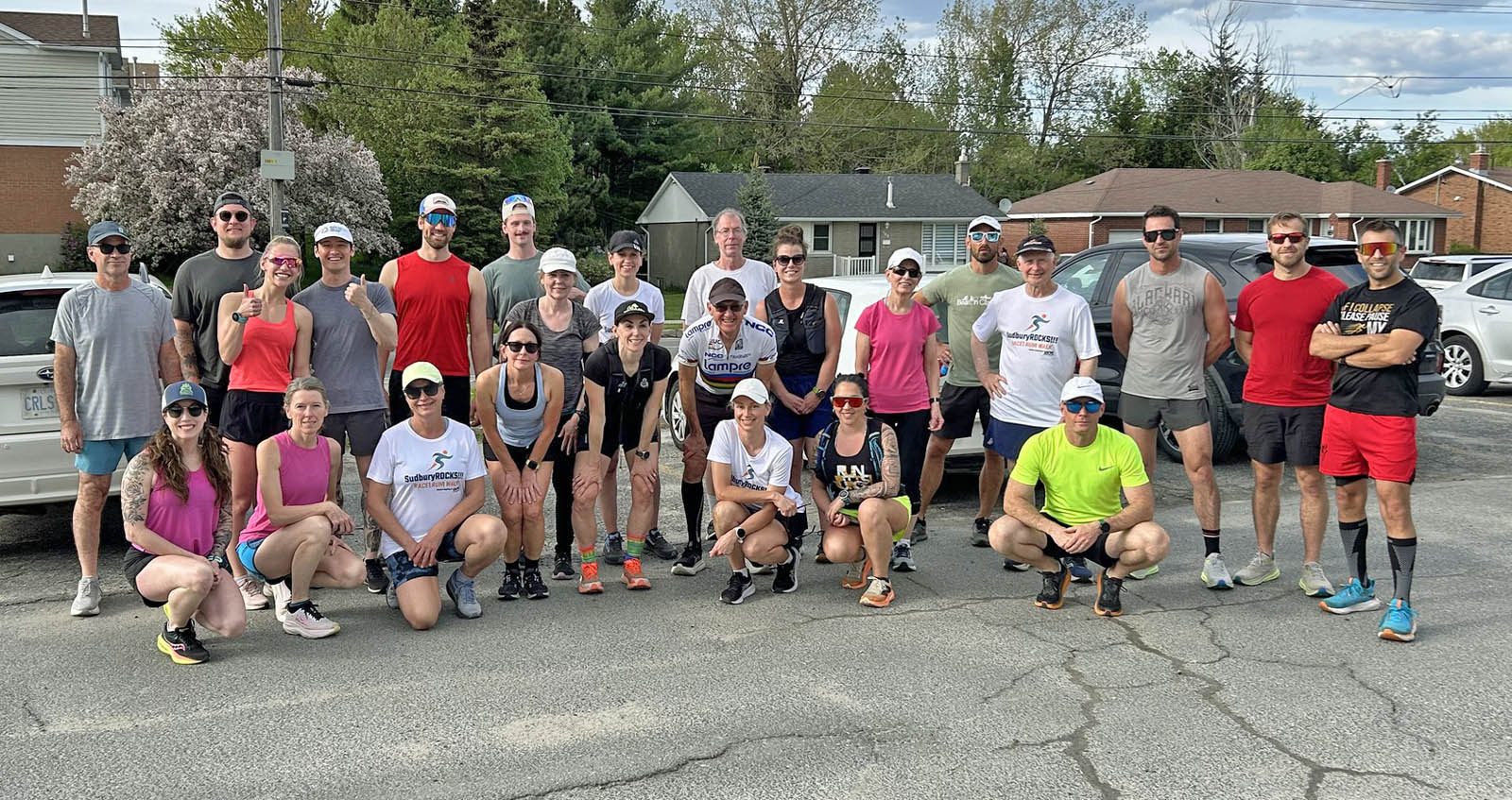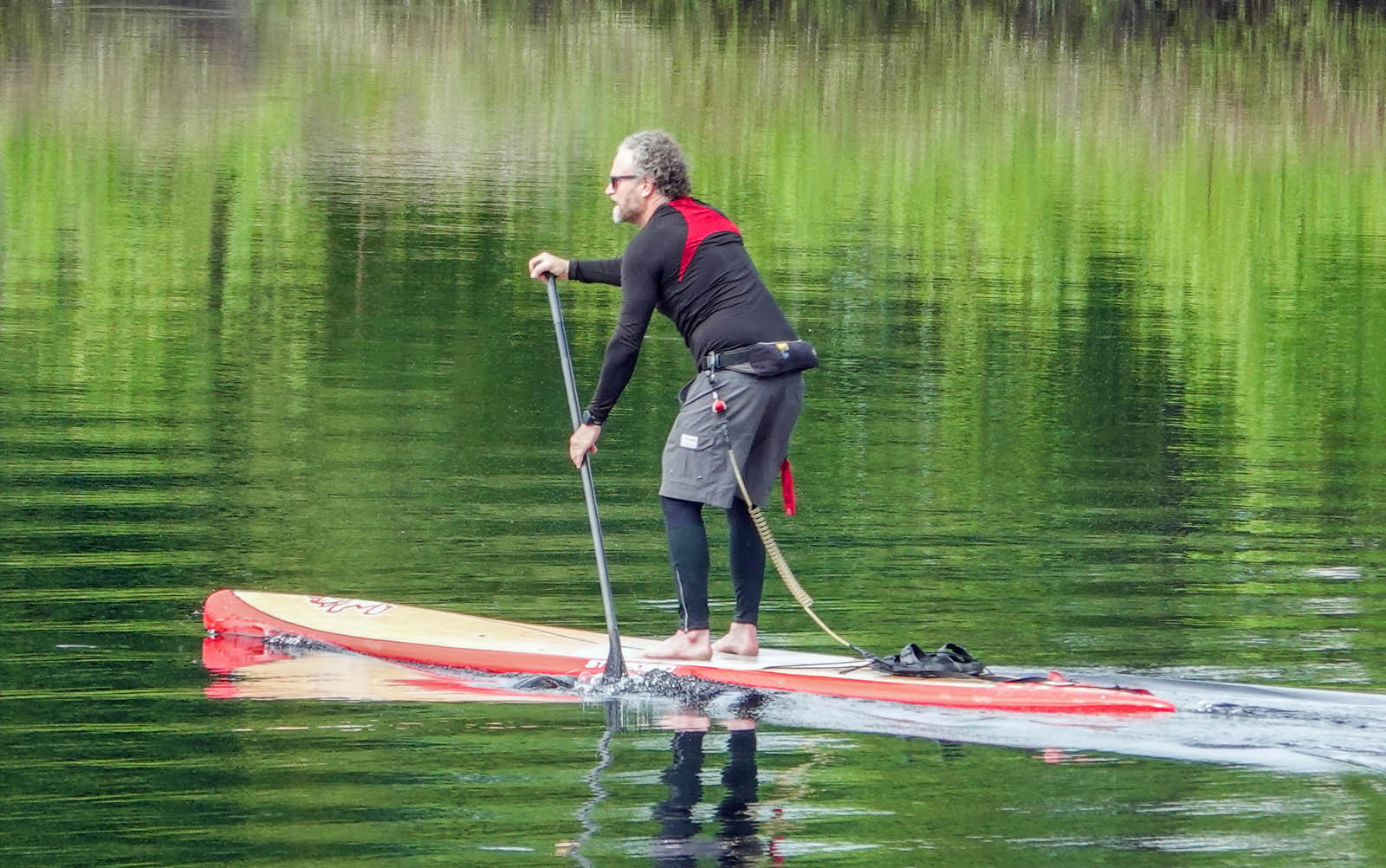Marathons have long been
regarded as the ultimate endurance test, requiring months
of intense preparation and extended recovery periods.
But has that distance challenge become easier? If you
ask any seasoned distance runner, they will agree; the
marathon is less gruelling on the body today than it was
a decade ago.
Traditionally, elite runners
stuck to the gold standard of two marathons per year—one
in spring and one in fall. Now, more professionals are
racing three or four annually, bouncing back faster than
ever. At the 2025 Ottawa Marathon, Canada’s second-fastest
marathoner, Rory Linkletter, shared some insights on why
he thinks more runners are taking on the distance, and
what it means.
“I think it’s
a number of things from a training perspective,”
said Linkletter. “The latest shoe technology and
foams help a lot because you’re less beat up from
training and racing than before.”
Before the era of carbon-plated shoes, marathoners weren’t
wearing footwear with 40mm stack heights. For brands,
it was about developing the lightest and most durable
racing shoe for their athletes. Hoka was an early advocate
of high-stack, high-cushion designs. But it wasn’t
until Nike introduced a carbon plate in the midsole with
the launch of the Vaporfly 4% in 2017 that the carbon
era truly began. Since then, carbon-plated racing shoes
have continued to evolve, offering greater efficiency,
smoother transitions and reduced joint impact, allowing
runners to recover faster and race more frequently.
Linkletter says another thing
that helped him, but might not be so obvious, is fuelling.
Many runners have figured out how to fuel for marathons
(i.e., using products like Maurten, Science In Sport (SiS)
or Tailwind), which all help you perform and speed up
recovery from the race itself to get your body the nutrients
it needs to bounce back.
Gone are the days when marathoners
just relied on water and a few energy gels to get them
through a race. Many have started using high-carb beverages,
electrolytes and recovery supplements to accelerate performance
and post-race recovery. Most nutrition brands have strategically
designed their fuelling products to stop runners from
hitting the wall, and made products to replenish their
glycogen stores more efficiently. The key isn’t
just what they fuel with, it’s also when and how
they do it. This advanced fuelling throughout a marathon
prevents excessive muscle damage, and makes recovery far
quicker and less taxing. Even for Linkletter, he finds
it much easier to bounce back now than it was when he
ran his first marathon in 2019.
Outside of shoes and nutrition,
Linkletter believes another factor is the way people look
at marathons in 2025. “For so long, it was you train
hard, you race, you take a huge break–then rinse
and repeat. Now with the shoe technology and fuelling,
coaches are discovering that you can strategically come
down a little bit without taking a long break, and still
build back up.”
So are marathons, easy? No,
finishing 42.2km still demands months (and months) of
consistent training, but the advancements in shoe technology
and nutrition have made training and recovering from one
easier. While Linkletter advises against racing two marathons
in six weeks, as he did in Boston and Ottawa, he says
the experience taught him a lot, and he embraced the challenge.
|

-3%20315.jpg)
315.jpg)




































